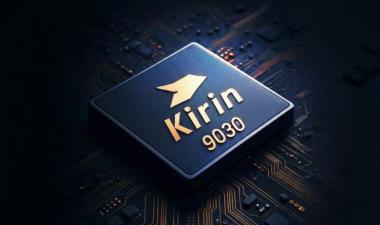Market forecasts predict an optimistic future for the Internet of Things (IoT) market; Forbes predicts that it will double to $520B in 2021, and other sources estimate the market will be as high as $6.5 Trillion by 2024. By 2020, there will be 8 billion connected objects in the world, and IoT devices are transforming the way we live whilst creating tremendous opportunities for everyone from established hi-tech juggernauts to start-up entrepreneurs.
The explosive growth of the Internet of Things (IoT) is leading virtually every industry incorporating connected technologies to ensure it’s ready to move toward an automated society. Everything is becoming connected and interactive, and more data about us is transmitted across networks and saved in the cloud, as our daily lives continue to evolve alongside technology including homes, cars, wearables, healthcare devices, cities, and utilities.
IoT is arguably the strongest semiconductor industry driver since the emergence of the smartphone in 2007, with annual growth of the number of “things” increasing by 25% every year since 2013. Network requirements of the IoT demand communication technologies that offer long-range connectivity, low power consumption, and affordable expansion; and, in that, distinct trends have begun to emerge in IoT device design.
Early IoT products were built using multiple chips to solve for computing, memory, and transmission functions, and now we see the emergence of System on Chips (SoCs) employed by companies like Nordic, MediaTek, Dialog, STMicroelectronics, Qualcomm, etc. Combining multiple systems on a single chip gives the manufacturers a greater ability to control component interactions and allows IoT products to become smaller and more efficient.
TechInsights has been publishing technology analysis for over 30 years, enabling our customers to advance their intellectual property and product strategies.TechInsights completes a wide variety of in-depth teardowns on IoT devices each year, including smart speakers, drones, security cameras, thermostats, lighting etc. We provide insight into design wins, bill of materials, block diagrams, and IC analysis that spans detailed die-level structural, process, and circuit information.
If you are a technology professional interested in IoT teardowns and/or IC analysis, you may want to learn more about: Teardown IoT Home and IoT Connectivity SoC subscriptions.

If you are an IP Professional, you may be interested to learn more about a subscription to TechInsights Library. A successful IP strategy in this field requires an awareness of disruptive events in IoT of economic significance, knowledge of key and upcoming market players, and the correct application of reverse engineering techniques to identify the changes from generation to generation of the latest IoT technology.
SMIC N+3 Confirmed: Kirin 9030 Analysis Reveals How Close SMIC Is to 5nm
Our Kirin 9030 analysis confirms SMIC’s N+3 node and reveals how it compares to industry 5nm. Get process measurements, density benchmarks, and expert analysis.
TechInsights Confirms China’s First Commercial STT-MRAM Chips
TechInsights confirms China’s first commercial STT-MRAM shipments, signaling a major semiconductor milestone and new competition in emerging memory markets.
Cost Explorer: Optimizing PPACtE for Semiconductor R&D
TechInsights’ Cost Explorer adds cost, cycle time, and carbon modeling to Synopsys DTCO workflows, enabling full PPACtE optimization before costly test wafers.








